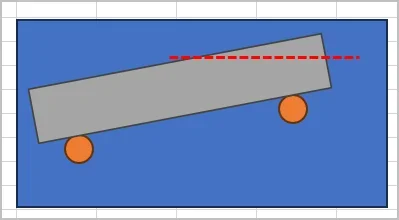I have a small collection of precision angle blocks. I have been using them to dial in angles on my milling vise by placing them along the back of the fixed jaw and running a dial indicator along the angle.. I've used Duct Tape, painters tape and a mag base from a dial indicator to hold them in place. The tape methods are not that secure and the magnet gathers swarf big time. Anybody got better ideas on how to secure them ?
?
 ?
?










